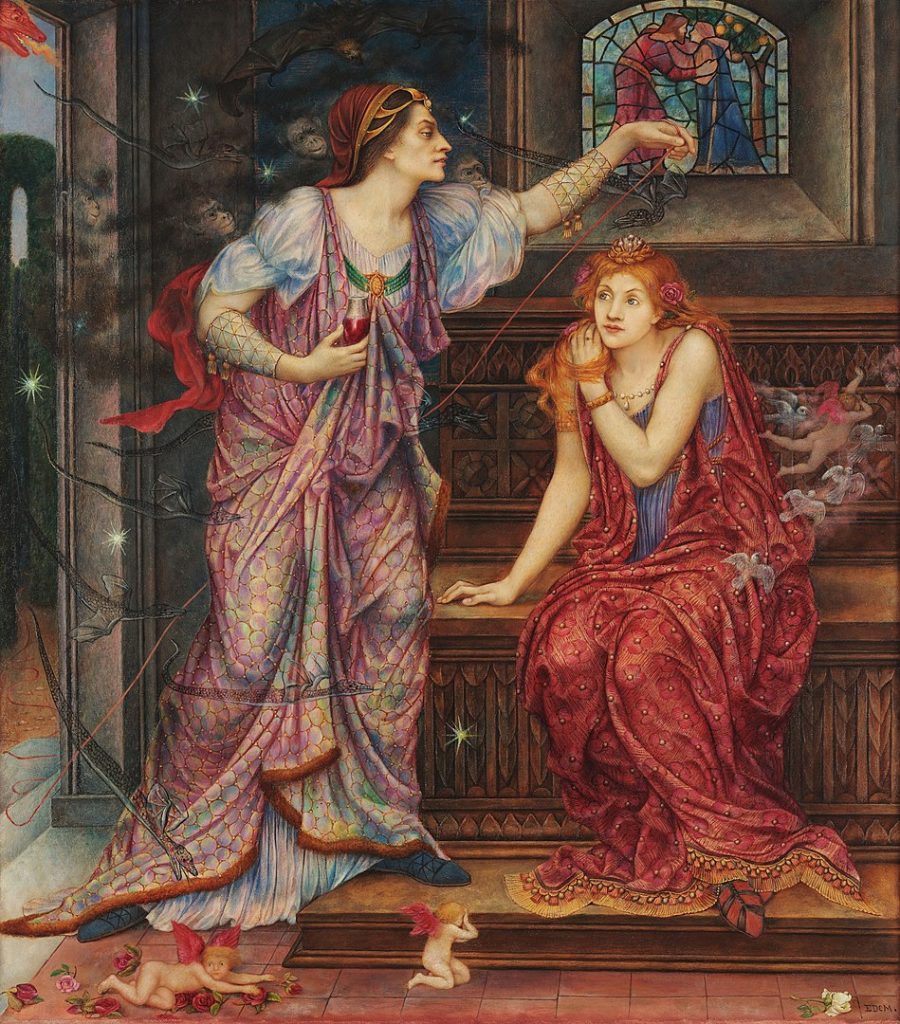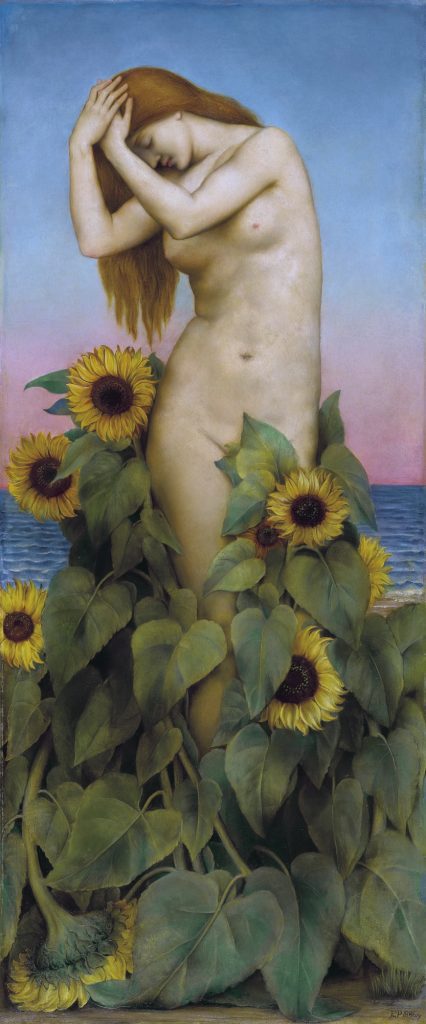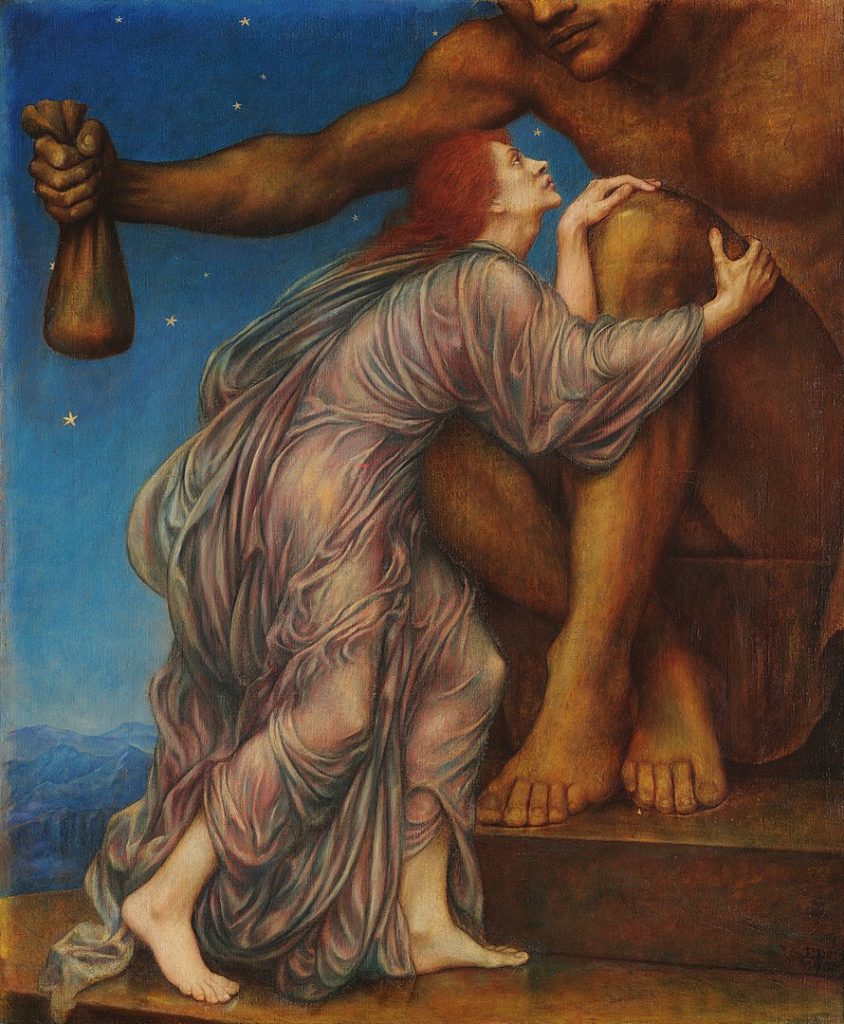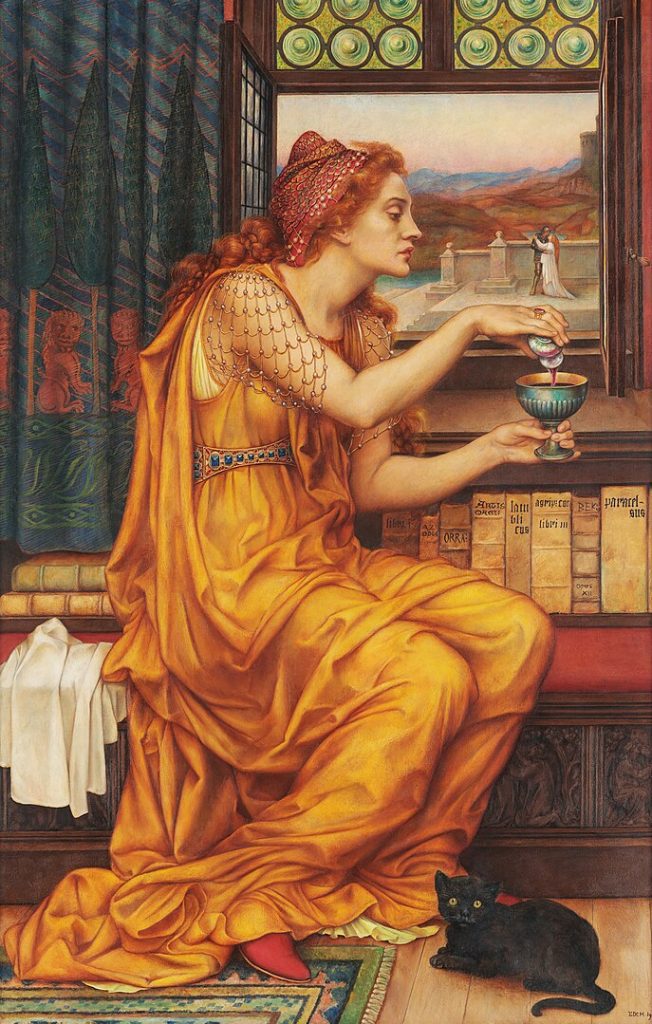
Evelyn De Morgan, a British painter associated with the late 19th and early 20th-century Pre-Raphaelite movement, was born on August 30, 1855, in London, England, as Mary Evelyn Pickering. Her artistic career unfolded during a period of significant social and artistic change, and she became known for her vibrant and allegorical paintings that reflected both the idealism of the Pre-Raphaelite Brotherhood and her personal convictions.
Formative Years
Evelyn De Morgan’s early artistic education began at the Slade School of Fine Art in London, where she studied under the guidance of painter Edward Poynter. Her exposure to the Pre-Raphaelite ideals, along with the influence of her uncle, the ceramicist William De Morgan, set the stage for her later artistic pursuits. In 1887, she married William De Morgan, forming a partnership that extended beyond matrimony to collaborative artistic endeavors.

De Morgan’s paintings often featured mythical and allegorical subjects, echoing the Pre-Raphaelite fascination with medievalism, symbolism, and a return to the aesthetic principles of the Italian Renaissance. Her work was characterized by meticulous attention to detail, rich color palettes, and a penchant for portraying powerful, independent female figures.
One of De Morgan’s early notable works, “Flora” (1894), exemplifies her ability to infuse classical subjects with a contemporary sensibility. The painting, depicting the Roman goddess of flowers, reflects her interest in mythology and the celebration of feminine strength and beauty.
Evelyn De Morgan’s social consciousness and commitment to progressive causes were evident in her art. She was an advocate for women’s rights, social justice, and spiritualism. Her paintings often conveyed a sense of spiritual and mystical exploration, reflecting her interest in theosophy and her belief in the interconnectedness of all living things.

“The Gilded Cage” (1919), one of De Morgan’s later works, serves as a poignant example of her social commentary. The painting portrays a bird breaking free from a cage, symbolizing the pursuit of freedom and the breaking of societal constraints. This theme resonated with the evolving role of women in society during the early 20th century.
De Morgan’s thematic repertoire extended beyond mythology to encompass religious subjects. “The Worship of Mammon” (1909) and “The Angel of Death” (1881) explored themes of materialism and mortality, showcasing her ability to engage with complex and profound subjects.
Decorative Art Journey
The artist’s skill in both painting and drawing was complemented by her forays into decorative arts. In collaboration with her husband, William, De Morgan produced a range of ceramic works, including tiles and pottery, characterized by intricate patterns and vibrant color schemes. These decorative pieces, often inspired by Middle Eastern and Persian influences, reflected the couple’s shared aesthetic sensibilities.
Evelyn De Morgan’s commitment to the suffragist movement was evident in her involvement with the Women’s Social and Political Union (WSPU). Her painting “Our Lady of Peace” (1907) was auctioned to support the cause of women’s suffrage. This engagement with social and political issues further demonstrated her belief in the transformative power of art.

Despite facing challenges as a female artist in a male-dominated art world, De Morgan achieved recognition during her lifetime. Her works were exhibited at the Royal Academy and the Grosvenor Gallery, among other prestigious venues. Her contributions to the Pre-Raphaelite movement, combined with her distinctive approach to allegory and social themes, solidified her place in the annals of art history.
Evelyn De Morgan continued to paint and create until her death on May 2, 1919. Her legacy endured through the preservation of her works in public and private collections, including the De Morgan Foundation. The foundation, established in her honor, celebrates the artistic contributions of both Evelyn and William De Morgan, ensuring that their impact on the Pre-Raphaelite tradition and the broader spectrum of British art remains acknowledged and appreciated.




